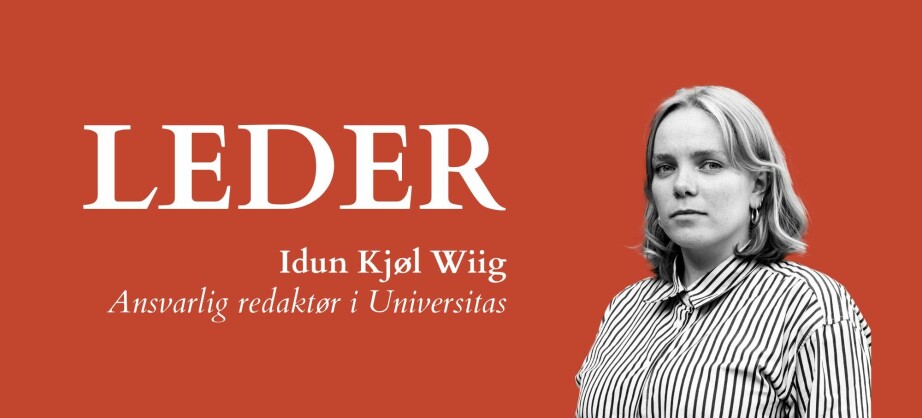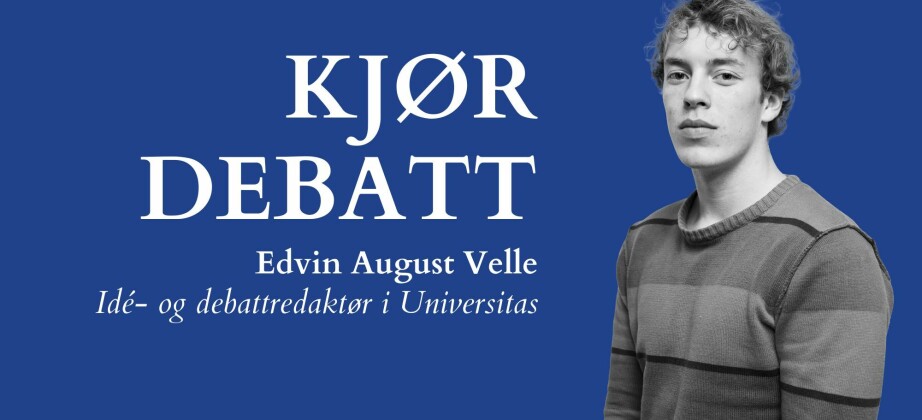#StudentLife

Planning a cabin trip in Oslo?
Ultimate student guide for hyttetur
Why do people go on cabin trips, how to choose the right cabin, when it is best to go, what one should bring – learn everything you need to know about a fun, affordable, and 100% Norwegian tradition.
Why Is It a Tradition To Go on a Cabin Trip?
According to Life in Norway, hytter, or cabins, are really popular in Norway as it agrees with friluftsliv, the Norwegian outdoors lifestyle. There are a total of 440,000 properties, both cabins and holiday cottages, in Norway today – not bad, considering that the country’s population is roughly 5.5 million. Some of the properties are owned privately, others belong to associations that rent them out; for example, The Norwegian Trekking Association owns 570 across the country, all available for travellers.
Ola Reinskou, press officer at Streptokåken cabin, says that cabins are so popular in Norway because they have always been associated with a holiday everyone could afford. Some of the properties that have been in Norwegian families for generations, for example, were actually very cheap to build.
“A lot of cabins were originally built with scrap planks from shipping containers. In the 1950s, the Norwegian state bought a large amount of cars from the Soviet Union, and they came in wooden boxes, massively overbuilt wooden boxes. So the workers took some freedoms, and these wooden crates became the base for hundreds of cabins. Personally, my family's old cabin was built in the 1950s from a 400 year-old hay-barn orange boxes and old newspapers,” says Ola.
Going on a cabin trip doesn’t have to cost a fortune indeed. As a student, you have several affordable options available to you: either student cabins or cabins owned by The Norwegian Trekking Association, also known as Den Norske Turistforening or DNT.
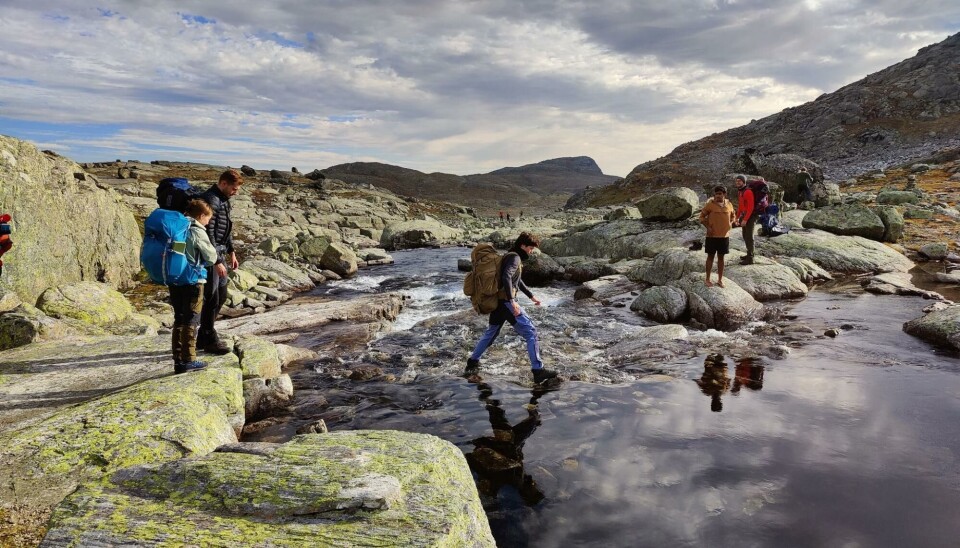
Why Go on a Cabin Trip?
According to Marius Bakken, who is in charge of Studenterhytta owned by Oslostudentenes Idrettsklubb, or OSI, going on a cabin trip lets you enjoy and explore the outdoors and nature, hiking, skiing or biking.
“All our guests come on foot, skis, or on a bike. Oslo is surrounded by almost endless forest, many lakes, trails and ski tracks. Going on a cabin trip lets you experience all this in an easy and comfortable way. A cabin trip also lets you come closer and to get to know your fellow students in a different environment. People are more easy-going when they are in nature – you feel more secluded from everyday city life and get another perspective,” says Marius.
It is also important to know that many Norwegians believe that the farther the cabin is from civilization, the more relaxing it is. They would even boast about it! And although there are cabins with limited amenities (like an outdoor toilet), they still have WiFi, electricity, and some even boast a jacuzzi!
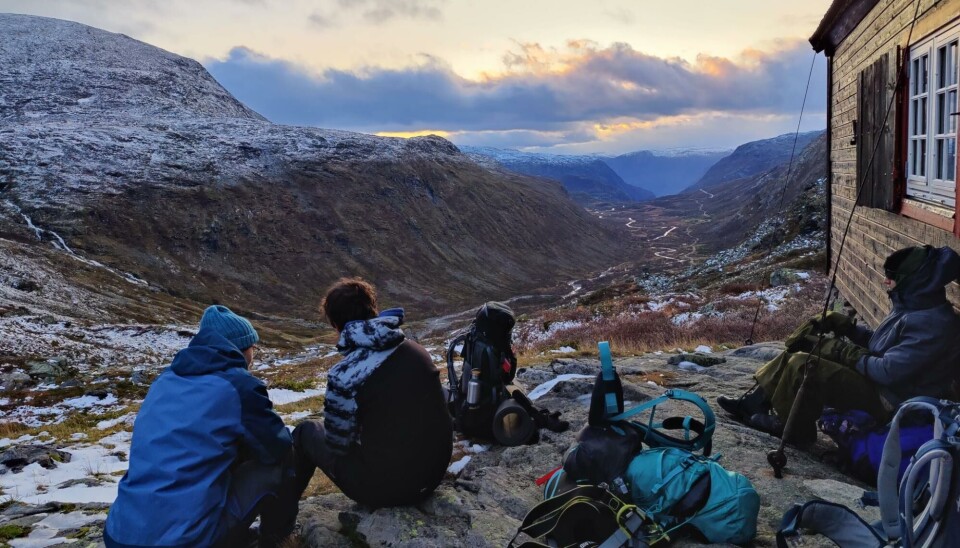
Imagine yourself, or your family or friends, all gathered in a cabin in the middle of the woods with no more concerns than having an amazing time in nature. Cabin is a place to bond, to tell stories, and to relax. “I haven’t bonded with people better than on cabin trips,” says Malik Iqbal, the tour leader at OSI Friluft.
Cabin Trip Traditions
Marius Bakken says that everyone has their own traditions: playing cards, sharing a good meal, making a bonfire, a quiz, sauna, or a morning bath. It usually also involves enjoying the outdoors with some hiking, skiing or bathing.
Ola Reinskou adds that traditions are plentiful and include, for example, telling ghost stories. The season matters, too: In Norway, at least in winter season, there is a strong tradition of eating oranges, and a Norwegian chocolate called “Kvikk Lunsj” (not to be a traitor to my nation but yes, it's very similar to KitKat, tough neither is a copy of the other).”
Members of OSI Friluft have a tradition of reading cabin books and writing in them as well. “Cabin books are log books left in cabins, and people who come and go write in them about their time in or around that cabin,” explains Malik. They also play some games and drink cocoa/tea, but not alcohol. “We are outdoor people, alcohol just doesn't go with our values; we respect nature, embrace it, instead of exploiting it,” says Malik.
“Cabins, especially older ones, are often passed down through multiple generations of a family so there may be some traditions that are specific to that family that have been passed down as well”, adds Cole Jaquith, a master student in Screen Cultures at the University of Oslo who is researching the use of screens in cabins. “Many cabins are often only used during specific seasons. A lot of things are not necessarily traditions, but the things that have become common to do or have at the cabin.”
For example, it is very popular in Norway to have a cabin near an alpine ski resort/centre. “Skiing, both alpine and cross-country, are often the main reason that people have winter cabins,” says Cole.

Cole adds that many families also spend Christmas at their cabins. On the morning after Christmas Eve, it’s a common tradition to go skiing. During the Christmas holiday and in line with Norwegian tradition, people who have TVs in the cabins usually watch Tre nøtter til Askepott,”an old Czech version of Cinderella dubbed in Norwegian, and Dinner for One, an old comedy from 1963. Many people also wear a type of sweater called a “Marius genser,” with classic Norwegian patterns on them.
While winter cabins are closely tied to skiing, summer cabins are generally leisure-based. Since they are usually by the coast, it’s common to eat seafood and grill outside. There is a game called “Kubb," which is played a lot in the yard: the objective is to knock over wooden blocks (kubbar) by throwing wooden batons (kastpinnar) at them. Another popular game is the dice game “Yatzy.” Boating, swimming, and fishing are also popular.
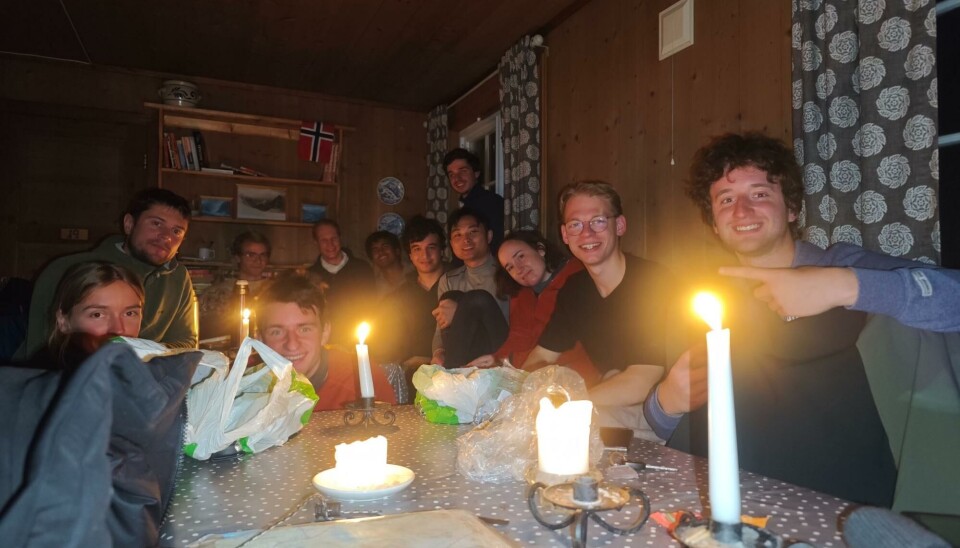
Easter, says Cole, is one of the most popular times of the year for cabin trips. It is typical to read crime novels there, but especially during Easter. It’s also common to watch crime shows and films – Norwegian streaming services even have a category called “Easter crime.”
In general, according to Cole, food is also an important tradition in cabin trips.“It’s pretty common for everyone to help prepare it,” he says. In Eastern Norway, people usually take a trip to Sweden to get cheaper stuff to bring to the cabin – it is called “harryhandel”.
Finally, says Cole, cabins in Norway are usually decorated. “There tend to be a lot of decorations such as curtains, textiles hanging on the wall, etc., which have classic Norwegian patterns on them. And in the outside toilets many people hang a picture of the king on the wall!”
What Kind of Cabin Trip Is for You?
First of all you have to choose for how many days you want to go. Most owners of hytter would recommend a 1-2 nights stay (even 3).
The first thing you have to keep in mind is how big of a company you are travelling with, because it will determine how big of a hytte you need to rent. Studenterhytta, for example, can easily accommodate a large group (up to 56 people). Streptokåken can host no more than 20 people in total, and OSI Friluft has 2 additional cabins beside Studenterhytta: KSI-hytta is for 28 people and Familiehytta for 8 (near Studenterhytta).
Another thing to bear in mind is how far a hytta is. To get to Studenterhytta or Familiehytta, you need to walk 4 km, but you can additionally order luggage and food transport. To reach Streptokåken, you need to walk 5 km – or drive most of the way, but only if you have your own car. KSI-hytta requires the longest walk: 6-10 km depending on where you start.
Finally, you have to remember that in most cases you will be responsible for preparing your own food. Most of the cabins have kitchens, so it is not a problem. Studenterhytta, however, has a restaurant that offers dinner for groups of 15+ people.
When it comes to prices, they depend on your age and status. There is usually a basic price for renting a cabin itself that you have to pay regardless of how large your group is. Studenterhytta costs NOK6000 per day, and each student has to pay additional NOK200 per person per day. If you are a member of OSI, then the price is reduced. Streptokåken offers different prices per person depending on whether you are a student or not, but the basic price is NOK200 per person, NOK4000 maximum.
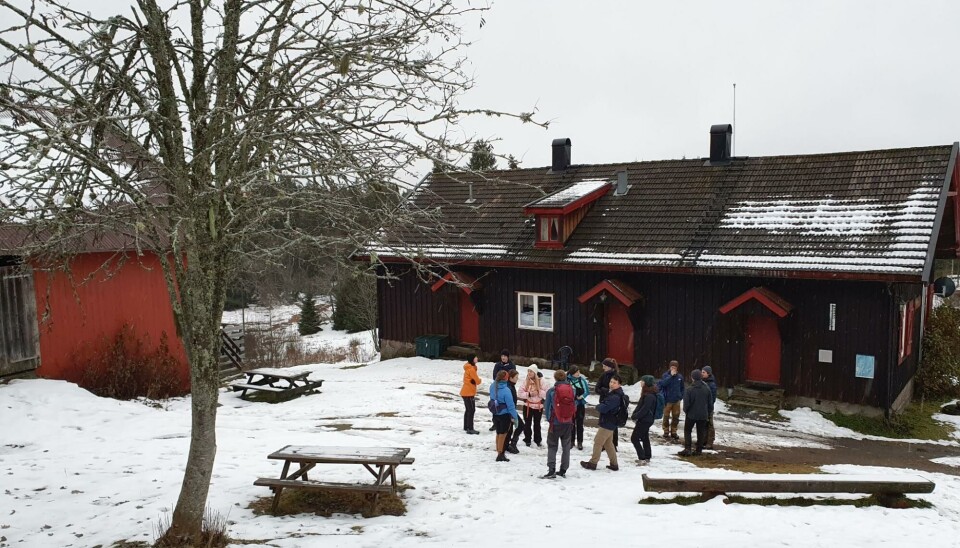
The Norwegian Trekking Association (DNT) has the highest number of cabins around Norway, which means more flexibility. They have staffed cabins, with dinner and breakfast available, self-service cabins in which food and kitchen are provided for you to cook, and no-service cabins to which you need to bring your own food. Prices on the cabins vary, but you don't need to be a member to rent them – although members do have special offers and discounts.
And finally, you can also check out private cabins or cabins owned by other associations which can be booked on different platforms such as Airbnb.
What Do I Have to Bring on a Cabin Trip?
The first thing that you should do is check what your cabin has and what it doesn’t. Do you need to bring your own bedsheets? Maybe better sleeping bags? Some towels? Are there any blankets? You can check that either on the cabin’s website or when you make a booking.
Food is also important and depends on the cabin you chose. If it offers dinner and breakfast, you might need only snacks. If it doesn’t, then you need to plan your meals ahead and buy and carry all the products.
When it comes to alcohol, you are usually allowed to bring your own. But if a cabin has a restaurant and it has a permit, then you can buy alcoholic drinks there.
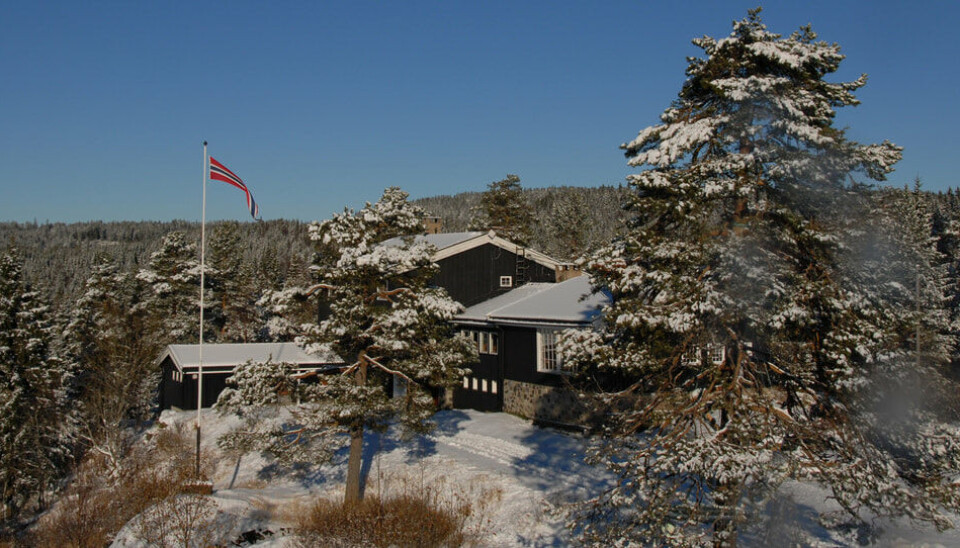
Of course, when you go on a cabin trip it’s expected to go hiking, so you will need comfortable clothes and boots. Be aware where you are going: it might be cold, the ground around the cabin could be muddy… By the way, if you have a hot tub in the cabin, or maybe a lake near it, and it is warm, bring your bathing suit.
Don’t forget about entertainment. Does your cabin have any games or books? Maybe you prefer to bring some of your own.
And remember, your cabin trip would be much nicer if you also bring:
Bug spray and sunscreen if the season is warm,
Flashlight or a headlamp in case the electricity turns off; some candles would be nice too, but beware – cabins are usually made out of wood,
Bluetooth speaker: everything’s better with music,
Power bank: for the hikes and also in case the electricity fails,
Fishing licence: in case you have one; and your documentation, obviously,
A camera: if you are really into photography and video making, you would probably get really nice scenes.


















